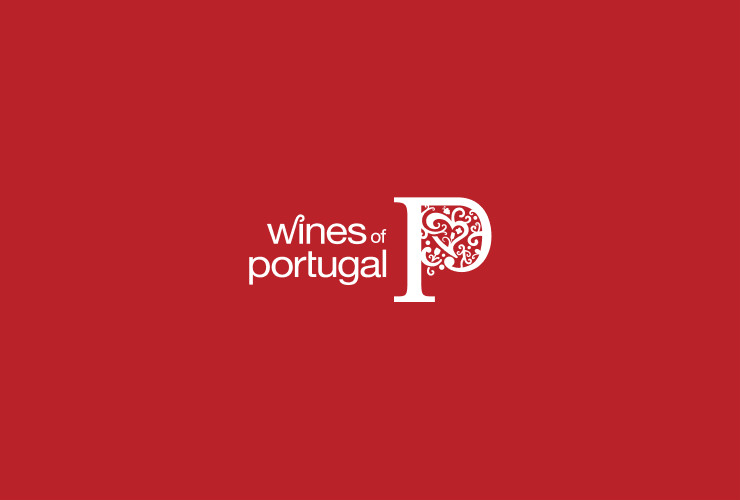Wine production up in Douro, down in Alentejo
Economy
24 August 12

Next month wine production will begin in earnest and while in the Douro region the number of bottles filled are expected to increase, in the Alentejo, the lack of rain has set back the maturation of vines and will have a knock-on effect on production.
Dão wine producers are expecting to fill fewer barrels but the wine that they do produce looks as if it could be one of superior quality. In three of Portugal’s main wine-producing regions – Douro, Dão and the Alentejo – the general quality of wine is expected to improve but only the Douro is anticipating producing more of the drink, in the region of around 23 percent. In the Dão region producers predict they will produce the same quantity of wine while in the Alentejo production is expected to dip. Producers from the Douro wine-producing region, in northern Portugal, forecast an average production of around 295,000 barrels. According to the Association for Douro Viticulture Development (ADVID) the expected harvest for this production is between 269,000 and 325,000 barrels. ADVID’s previsions are calculated based on pollen counts taken in May from the Douro region’s three sub-regions: Baixo Corgo, Cima Corgo e Douro Superior. However, actual production could eventually register a drop because of hailstone which fell in July and affected around 700 hectares of wine-producing land in Sabrosa, Alijó and São João da Pesqueira. Added to the hailstone are weather conditions which saw the Douro’s wine-producing year this year be one of the six driest in the past four decades, with an average of less than 52 percent rainfall. Representing the Dão region, António Mendes, member of the Regional Dão Wine Board (CVRD) said he expected a production of between 40 and 45 million litres, which corresponds to a “slight drop”, because of the hydrous stress that some vines were put under, because of a small incident with black Roth, and because of vines recently being sun-burnt. “But, if there is a slight drop in the quantity it is nothing to worry about. In fact quite the contrary, that has been the condition: when there is a slight drop in production there is an interesting rise in quality in the Dão”, he stressed. Therefore Mr. Mendes, who is also president of the Mangualde cooperative, guaranteed “if everything goes to plan, with the rain that fell recently in the Dão, the quality could be even better than last year’s, which in itself was an excellent year.” Towards the south wine production in the Alentejo should suffer an reduction in comparison to 2011, but little is still known with regards to specific quantities given that the “maturation of grapes is quite late”, according to the Regional Alentejo Wine Board (CVRA). Dora Simões, president of the CVRA, told Lusa News Agency she thinks that “the dry weather and lack of humidity in the soil is having effects on the vegetative development of the vines, causing the grapes to mature later on.” "The quantity of grapes in a bunch is fewer than usual due to the inferior quality of grape berries", she said, but added that the overall quality of grapes is expected to be good, though that depends on “the weather conditions that occur during the phase of maturation.”
Lastest News

